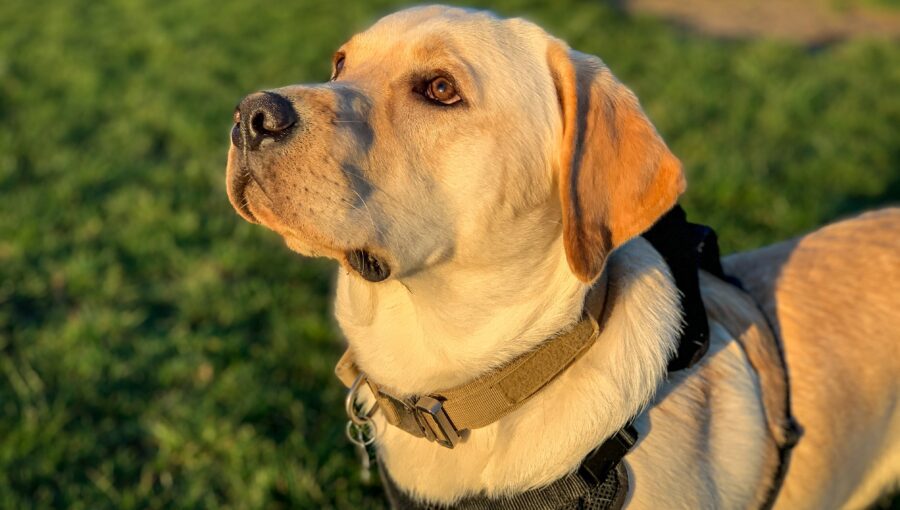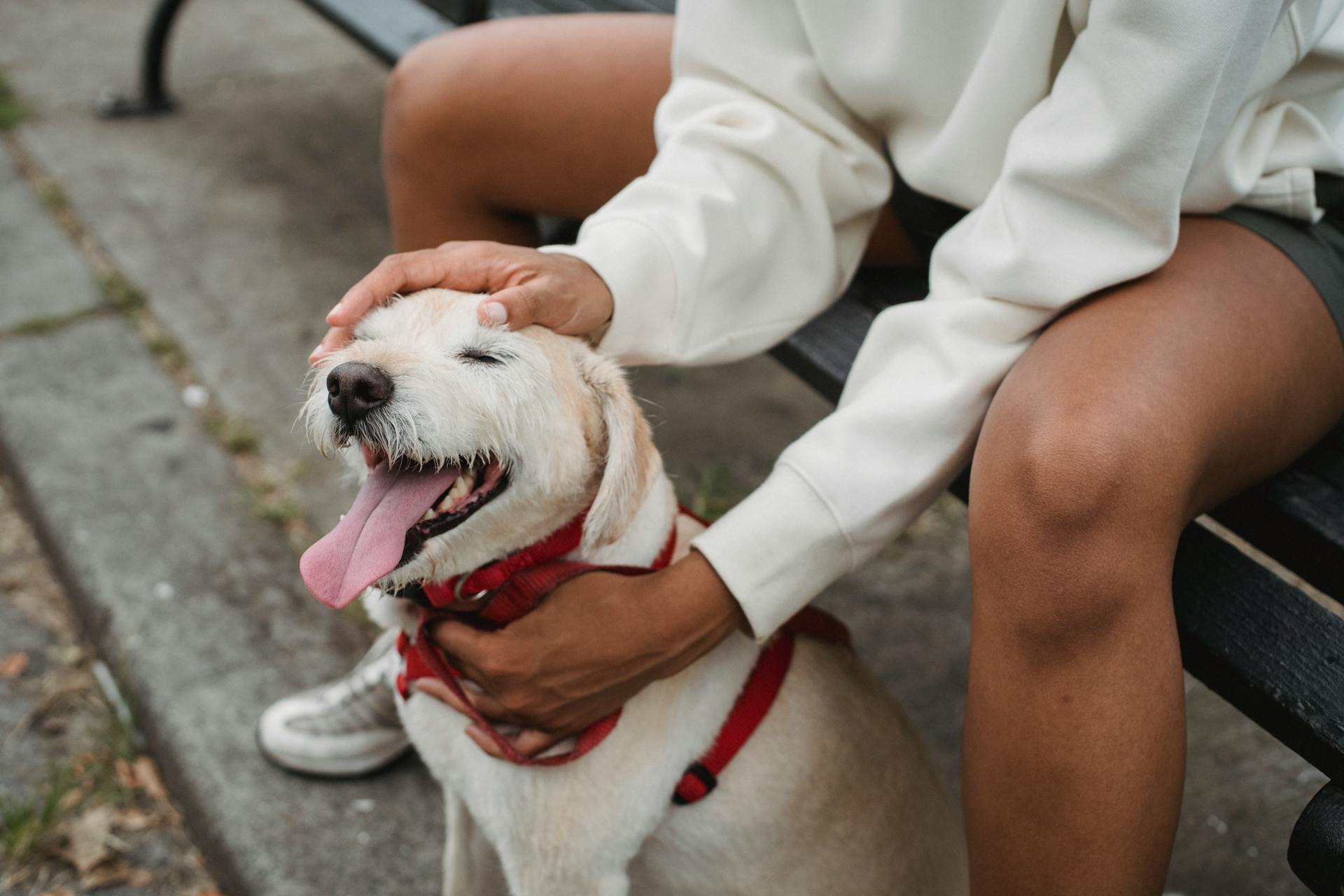How to Choose the Right Dog Collar for Your Pet
 Pexels | Arkay
Pexels | Arkay A dog restraint is something beyond a style frill; it’s a fundamental instrument for your pet’s well-being, recognizable proof, and solace. With a horde of choices accessible on the lookout, choosing the right collar for your fuzzy companion can appear to be overwhelming. Factors like size, material, usefulness, and your dog’s particular necessities all play a vital part. Here is an extensive manual to assist you with exploring the most common way of picking the ideal restraint for your darling pet.
Think about Your Dog’s Size and Breed: Each dog is one of a kind, and their restraint ought to mirror that. More modest varieties might require lighter, smaller collars, while bigger varieties could require more extensive and sturdier ones. For instance, a hearty restraint with more grounded equipment is prescribed for bigger dogs to guarantee it can deal with their solidarity without causing uneasiness.
Materials Matter: Collars come in different materials like nylon, calfskin, neoprene, and chain. Every material enjoys its benefits. Nylon is sturdy, reasonable, and accessible in different varieties and examples. Leather is tough, dependable, and mellow over the long haul for added solace. Neoprene is waterproof and ideal for dynamic dogs, while chain restraints are reasonable for explicit preparation needs yet ought to be utilized under management.
Pick the Right Conclusion: Collars have different conclusion components like clasps, snap catches, martingale terminations, and slip collars. Clasp collars give a protected fit and are great for everyday use. Snap catches offer accommodation yet probably won’t be appropriate for more grounded dogs. Martingale chokers are perfect for preparing and keeping dogs from getting out of their restraints, while slip chokers require alert and legitimate use during preparation.
 Pexels | Sam Lion
Pexels | Sam Lion Think about Security Elements: If your dog invests energy outside or goes for strolls during low-light hours, decide on restraints with intelligent materials or Drove connections. This upgrades permeability, guaranteeing your pet is noticeable to passing vehicles or walkers, diminishing the gamble of mishaps.
Think about Your Dog’s Exercises and Wellbeing: If your dog loves swimming or playing in water, a waterproof choker or one produced using speedy dry materials like nylon or elastic may be the most ideal decision. For dogs with touchy skin, cushioned restraints produced using milder materials can forestall disturbance and abrading.
Consider Your Dog’s Character: A few dogs are so slick that people could require a restraint explicitly intended to forestall sneaking off. Others might feel awkward with weighty or wide collars, so select lighter or smaller choices for their solace.
 Pexels | Samson Katt
Pexels | Samson Katt Measure Appropriately: Before buying a choker, measure your dog’s neck precisely. Pass on adequate space for two fingers to fit cozily between the choker and your dog’s neck to guarantee it’s not excessively close or excessively free.
Routinely Check and Supplant: Restraints wear out over the long run, particularly if your dog is dynamic or invests a ton of energy outside. Check the collar’s condition consistently and supplant it assuming it becomes frayed, harmed, or no longer fits appropriately.
Taking everything into account, picking the right restraint for your dog includes considering different factors, for example, size, material, conclusion type, well-being highlights, and your dog’s particular requirements and exercises. By considering these elements, you can guarantee your fuzzy sidekick stays protected, agreeable, and up-to-date with their new collar.



























































